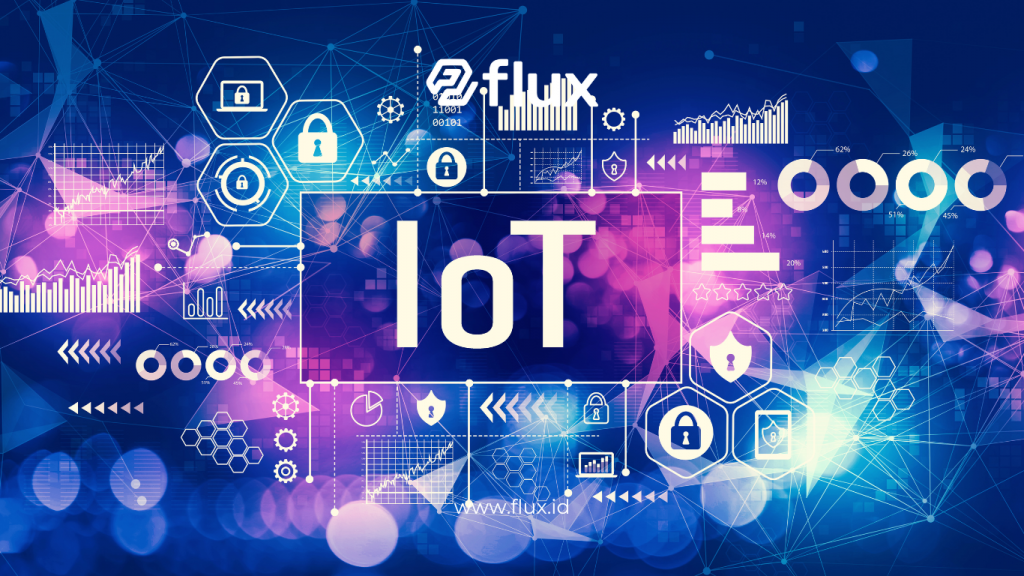Don't miss our holiday offer - 20% OFF!
Air pollution is a serious issue faced by many cities around the world. With rapid population growth and increasing numbers of vehicles and industries, air quality is deteriorating. This leads to various health problems, climate change, and other negative impacts on the environment. To tackle this challenge, Internet of Things (IoT) technology has emerged as an effective modern solution. This article will discuss how IoT sensors can help manage urban air quality and their benefits for sustainability and public health.
Contents
- 1 1. Importance of Managing Urban Air Quality
- 2 2. What Are IoT Sensors and How Do They Work?
- 3 3. Benefits of IoT Sensors in Air Quality Management
- 4 4. Case Studies: Implementing IoT Sensors for Air Quality
- 5 5. Challenges in Using IoT Sensors for Air Quality
- 6 6. The Future of IoT Sensors in Air Quality Management
- 7 7. The Role of the Public in Supporting IoT Sensor Usage
- 8 Conclusion
1. Importance of Managing Urban Air Quality

Read More: Improving Urban Air Quality with IoT Sensors: Technology and Benefits in Pollution Monitoring.
Poor air quality not only affects human health but also damages ecosystems and infrastructure. Long-term exposure to air pollution can lead to respiratory and cardiovascular diseases, and even premature death. Additionally, air pollution contributes to global warming by increasing greenhouse gas concentrations. Therefore, managing air quality is a top priority for many city governments to improve their citizens’ well-being and protect the environment.
2. What Are IoT Sensors and How Do They Work?

Read More: How Water Quality Sensors Work to Improve Safety and Health in School Environments
IoT sensors are devices connected to the internet that can collect, transmit, and analyze data in real-time. In the context of air quality management, IoT sensors are placed in various strategic locations throughout the city to monitor air pollutants such as fine particles (PM2.5 and PM10), nitrogen dioxide (NO2), ozone (O3), carbon monoxide (CO), and sulfur dioxide (SO2). These sensors use advanced technology to detect and measure pollutant concentrations, then transmit the data to a control center via wireless networks.
3. Benefits of IoT Sensors in Air Quality Management

Read More: How Weather Sensors Support Park Departments: Technology and Benefits for Better Park Maintenance
a. Real-Time Air Quality Monitoring
One of the main benefits of IoT sensors is their ability to provide real-time air quality data. This information allows city governments and relevant parties to quickly assess air pollution conditions and take necessary actions. Real-time monitoring also helps predict extreme air pollution events and warn the public to take preventive measures.
b. Better Decision-Making
The data generated by IoT sensors provides a solid foundation for evidence-based decision-making. City governments can use this data to develop more effective policies to reduce air pollution, such as traffic management, tree planting, or creating green spaces. Additionally, this data can be used to evaluate the effectiveness of existing policies and make adjustments if needed.
c. Increased Public Awareness
With access to real-time air quality information, the public can become more aware of the air conditions around them. This encourages more responsible behavior, such as reducing the use of private vehicles, supporting public transportation, or choosing to walk or bike. Increased awareness can also lead to public support for environmentally friendly policies.
d. Resource Optimization and Cost Efficiency
With accurate and timely data, city governments can optimize resource use. For example, instead of implementing pollution control measures citywide, actions can be focused on areas that need them the most. This not only improves the effectiveness of pollution control but also saves operational costs.
4. Case Studies: Implementing IoT Sensors for Air Quality

Read More: How Temperature and Humidity Sensors in a Smart City
a. Smart City in Singapore
Singapore is an example of a city that has successfully implemented IoT sensors to manage air quality. Through the Smart Nation initiative, Singapore has installed sensors throughout the city to continuously monitor air pollutants. The collected data is analyzed to understand pollution patterns and help the government design effective control strategies.
b. AQMesh Project in London
London launched the AQMesh project, which involves installing IoT sensors at various points to monitor air quality. This project provides accurate, real-time data used to alert the public and make informed policy decisions. With this project, London has successfully reduced air pollution levels and increased public awareness about the importance of clean air.
5. Challenges in Using IoT Sensors for Air Quality

a. Technological Limitations and Accuracy
Despite offering many benefits, the use of IoT sensors comes with challenges. One major challenge is technological limitations regarding measurement accuracy. IoT sensors can be affected by environmental factors such as temperature and humidity, which can influence data accuracy. Therefore, it is crucial to continually develop more advanced and reliable technology.
b. Data Security and Privacy
Using IoT sensors to monitor air quality involves collecting large amounts of data, which can raise concerns about data security and privacy. It is essential for governments and service providers to ensure that the collected data is secure and used ethically.
c. Implementation and Maintenance Costs
Implementing an IoT sensor network requires significant initial investment, including costs for hardware, software, and supporting infrastructure. Additionally, maintenance and sensor replacement costs must be considered. However, the long-term benefits of improved air quality and public health make this investment worthwhile.
6. The Future of IoT Sensors in Air Quality Management
With ongoing technological advancements, the future of using IoT sensors in air quality management looks promising. Smaller, cheaper, and more efficient sensors are expected to become available, allowing more cities to adopt this technology. Furthermore, integration with artificial intelligence (AI) systems could enhance data analysis and provide more accurate predictions about air quality trends.
7. The Role of the Public in Supporting IoT Sensor Usage
It is important for the public to support the use of IoT sensors in managing air quality. Education about the importance of good air quality and the benefits of IoT technology should be increased. With better awareness, the public can play an active role in reducing air pollution and supporting sustainability-oriented policies.
Conclusion
IoT sensors play a crucial role in efforts to manage urban air quality. By providing accurate real-time data, these sensors help city governments and the public take steps to reduce air pollution, protect health, and support environmental sustainability. While challenges remain, the long-term benefits of using IoT sensors make them a valuable investment for cleaner and healthier cities. With continued technological support and increased public awareness, IoT sensors can become a key solution in the global effort to address air pollution and maintain environmental sustainability.





